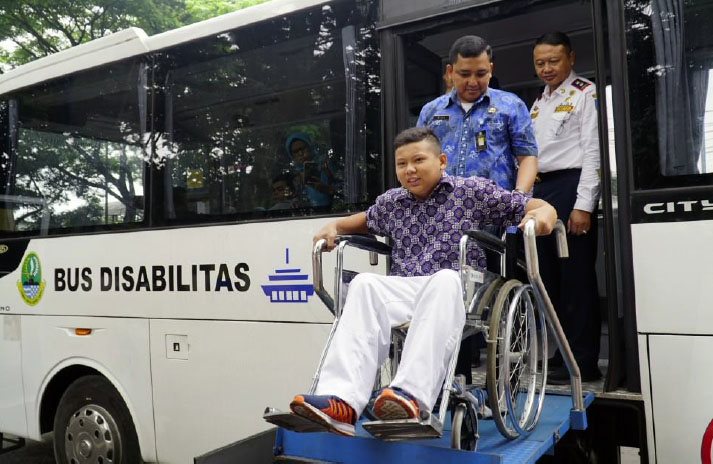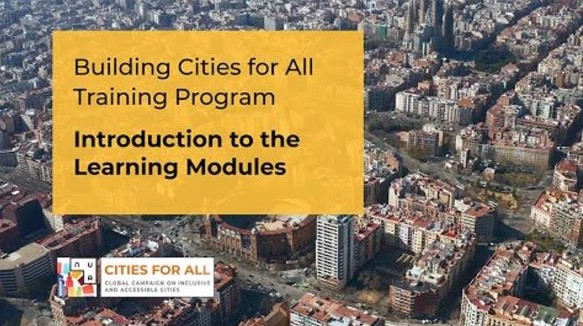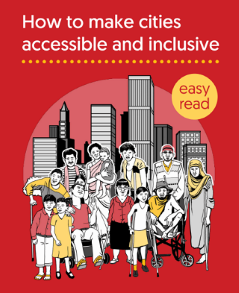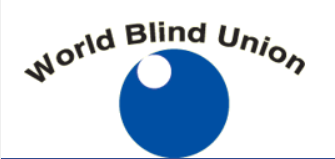People with Disabilities

About
The Charter of the United Nations, the Universal Declaration of Human Rights, and other international human rights instruments, such as the Convention on the rights of persons with disabilities, the International Covenant on Economic, Social and Cultural Rights, and the International Covenant on Civil and Political Rights, as well as the Convention on the Rights of the Child, and Convention on the Elimination of All Forms of Discrimination, all reaffirm that the full and complete realization of the human rights of all people with disabilities is an inalienable, integral and indivisible part of all human rights and fundamental freedoms.
Persons with Disability in Urban Settings
Fifteen per cent of the world’s population, more than 1 billion people experience some form of disability, and 80% of persons with disabilities live in developing countries where they face considerable discrimination and barriers that restrict them from participating in society on an equal basis with others. The world’s population is also ageing rapidly. By 2050, 2 billion people, over 20% of the world’s population, will be 60 or older. Approximately 46 per cent of the population over age 60 experience some form and degree of disability.
Further, persons with disabilities are a diverse group including psycho-social invisible disabilities. As far as possible then, disability-inclusion should be addressed through a universal approach, rather than silos, and by adopting a narrative whereby disability is considered part of human diversity, rather than the source of special needs and solutions. This can be achieved by using universal design and enabling participation of persons with disabilities in all aspects of life including education, health, employment, leisure and sports.
The NUA recognizes that only when persons with disabilities are included in society on an equal footing as agents of change and beneficiaries of the outcomes of the design of policies or programmes, their implementation, monitoring and evaluation in all political, economic and social spheres, can all benefit equally and inequality be eliminated.
Urban environments, infrastructures, facilities and services, depending how they are planned and built, can enable or impede access, participation and inclusion of members of society. Furthermore, research shows that retrofitting accessibility is more expensive than planning and investing from the start.
Building Cities For All Training Programme
Cities are also under immense pressure to ensure that urban development is inclusive and responds to the rights of all persons, particularly persons with disabilities and older persons. Social exclusion, discrimination, marginalization, and insurmountable environmental, infrastructural, and attitudinal barriers pose challenges for building inclusive cities and providing equal access to all so that everyone can live long and prosperous lives in urban areas. To achieve this, we must seek to fully understand what disability is and how it affects people’s ability to engage and interact fully with the services and environments they need to access.
Accessibility is more than just about ramps. When accessibility is done right, people feel like they really belong in their city. This Programme gives an introduction to inclusive and accessible urban development. It fosters peer-to-peer learning through the development of accessible online learning material and storytelling.
Challenges and Opportunities
To ensure proper planning for accessibility, as well as a budget devoted to infrastructure, lack of reliable data is a critical issue. To this end, the NUA commits to “support the role and enhanced capacity of national, subnational and local governments in data collection, mapping, analysis and dissemination and in promoting evidence-based governance, building on a shared knowledge base using both globally comparable as well as locally generated data, disaggregated by income, sex, age, race, ethnicity, migration status, disability, geographic location and other characteristics relevant in national, subnational and local contexts.
How to make cities accessible and inclusive
The World Health Organisation says that 15% of the world’s population lives with an impairment or disability. As the world’s population increases more people will live in cities. This means more people with disabilities will be living in cities. For too long cities have been built without thinking about how physical and social barriers affect people with disabilities. If cities are built with accessibility in mind people with disabilities will feel included socially. This easy read document gives advice on how to make cities of the future accessible, inclusive and barrier free for people with disabilities.
Report on the right to housing of persons with disabilities
This report highlights fundamental principles of a human rights approach to disability as well as the over-riding obligation to realize the right to housing to the maximum of available resources. The Special Rapporteur on adequate housing reflects on how persons with disabilities can more effectively claim the right to housing, how courts and tribunals can better address it, and reviews some effective policy and legislative initiatives that are necessary to implement this right. She provides coherent framework to guide governments in the implementation of rights under the Convention on the Rights of Persons with Disabilities and other obligations under international human rights law.
The report concludes with key recommendations highlighting the transformative potential of the disability human rights paradigm and how it must be better harnessed in order to realize the right to housing of persons with disabilities in accordance with commitments of the Agenda 2030 for Sustainable Development.
Report on the right to housing of persons with disabilities



